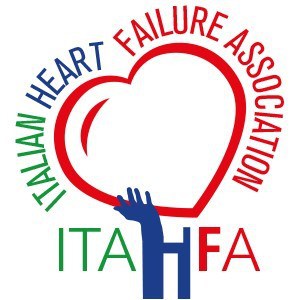"Hello, my name is Muthiah Vaduganathan from the Brigham and Women's Hospital and Harvard Medical School in Boston, Massachusetts, and we'll be discussing the FINE-HEART integrated analysis of three large-scale placebo-controlled trials of the non-steroidal MRA, Finerenone.
Background on MRAs
Steroidal mineralocorticoid receptor antagonists, or MRAs such as spironolactone and eplerenone, are strongly recommended in patients with heart failure with reduced ejection fraction. But many patients may have intolerance to these conventional MRAs largely due to their risks of hyperkalemia, and the evidence base of steroidal MRAs at higher ejection fractions are less well established.
The FINE-HEART Trial
FINE-HEART is a large-scale randomised clinical trial establishing the evidence for finerenone, a non-steroidal mineralocorticoid antagonist that may have a differentiated safety profile in this target population of heart failure with mildly reduced and preserved ejection fraction. This trial is already randomised, 6001 participants, and event accrual is ongoing to put fine arts into broader perspective of the cardiokidney metabolic spectrum.
Analysis
This prespecified pooled analysis integrates evidence from FINE-ARTS heart failure as well as adjacent populations of patients with chronic kidney disease studied in the fidelity programme. This was a trial programme encompassing patients with type two diabetes and established chronic kidney disease. So this integrative analysis included three large scale trials, FINE-ARTS heart failure, a population of heart failure, mildly reduced or preserved ef and the fidelity programme, which was encompassed two individual trials, Fidelio DKD and Figaro DKD. These are patient populations of type two diabetes and chronic kidney disease. Overall, this analysis encompassed over 19,000 participants enrolled in these three trials. All three of these large scale trials were similarly designed in that they were randomised placebo controlled trials in which finerenone titrated to target doses was compared against placebo in an event driven fashion and patients were followed over time.
Data and Results
Now, we pooled individual participant level data from these three trials to summarise the overall baseline clinical profiles of these patients. Ultimately, when fine arts reports, we will have more definitive evidence of finerenone across the cardiokidney metabolic spectrum. Across the about 19,000 participants enrolled across these three trials, we found that the mean age was about 67. About 35% of individuals were women. These patients were well treated on background medical therapies with high use of renin angiotensin system inhibitors, which were indicated in patients with type two diabetes, chronic kidney disease and for some indications in patients with heart failure with comorbidities. In addition, about 10% of individuals were co treated with an SGLT2 inhibitor in the trial. These patients had broad ranging kidney disease risk. Over 50% of participants had an EGFR less than 60. Furthermore, almost 80% of patients had high degrees of albumuria, either a two or a three. So we believe that those 19,000 patients represented a very high risk not only for cardiovascular events but also for kidney disease progression.
Anticipated Outcomes
So while trial follow up for FINE-ARTS is still underway, we anticipate that approximately 530 cardiovascular deaths will occur during the course of the trial. So taking that together with the cardiovascular deaths that were experienced in the fidelity programme, we have over 1200 cardiovascular deaths that would be represented in this patient population. That improves the precision of our estimates of finerenone on an otherwise relatively infrequent event like cardiovascular death, and so this will provide more substantial evidence base for how this drug works in potentially attenuating cardiovascular risk, including mortality outcomes like cardiovascular death."








Comments